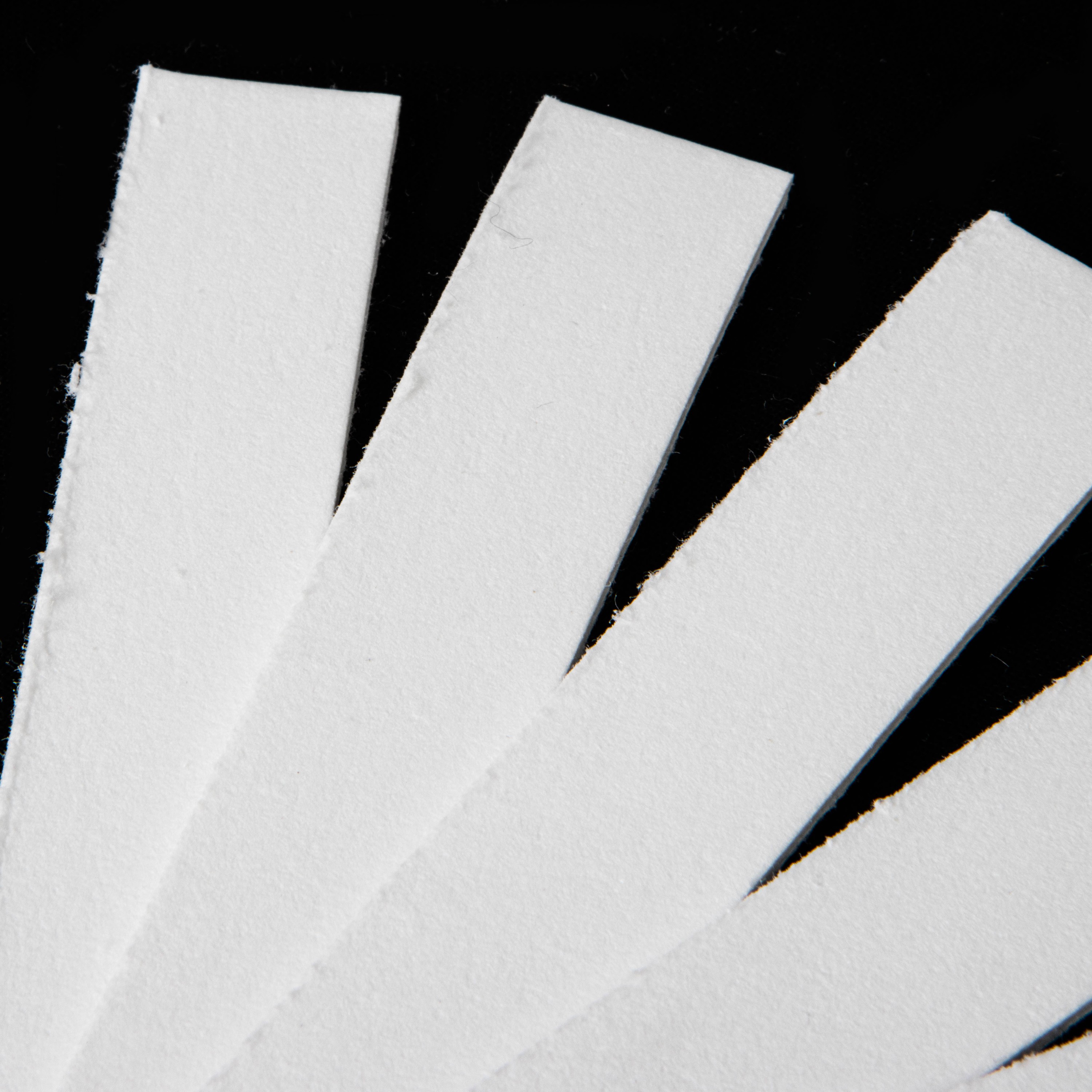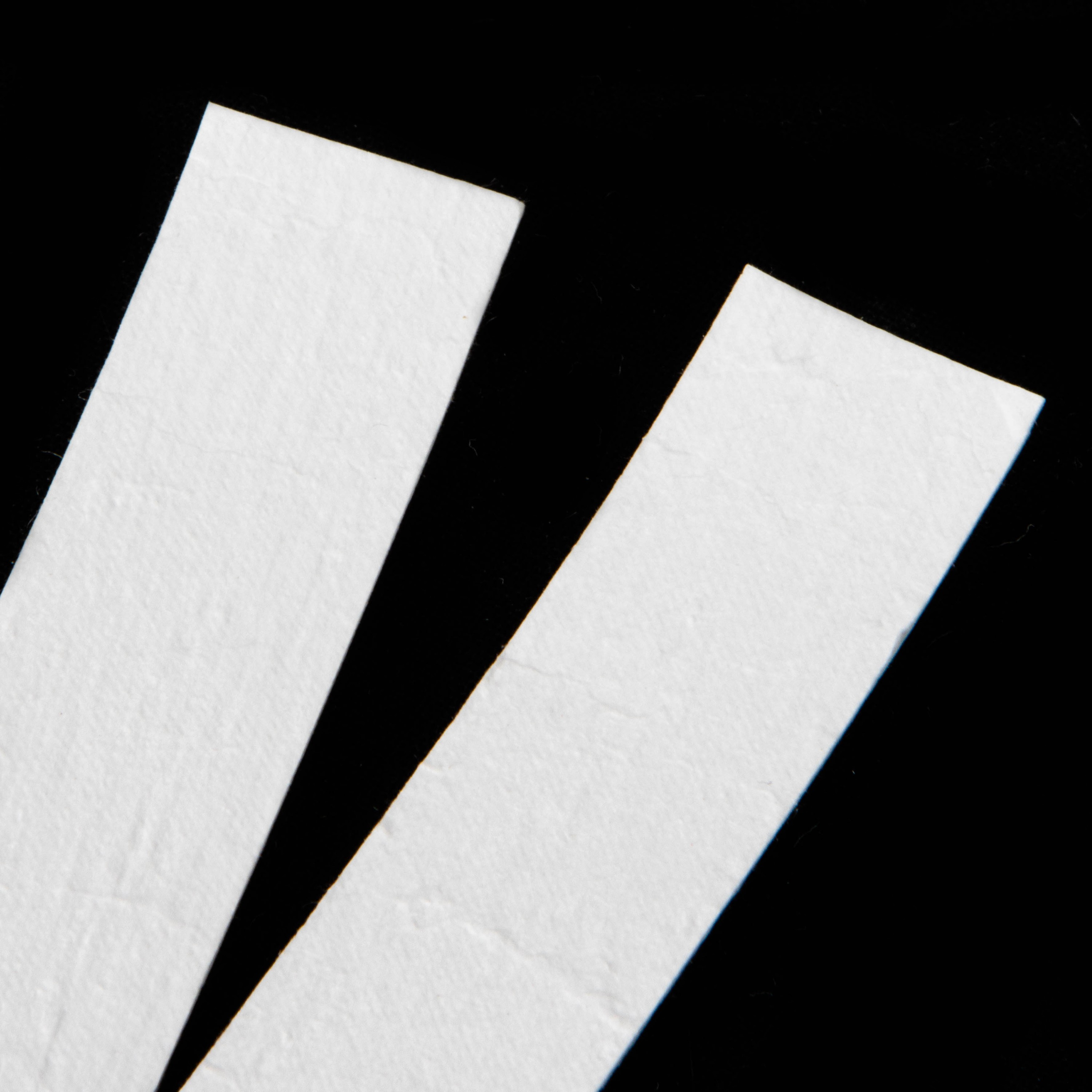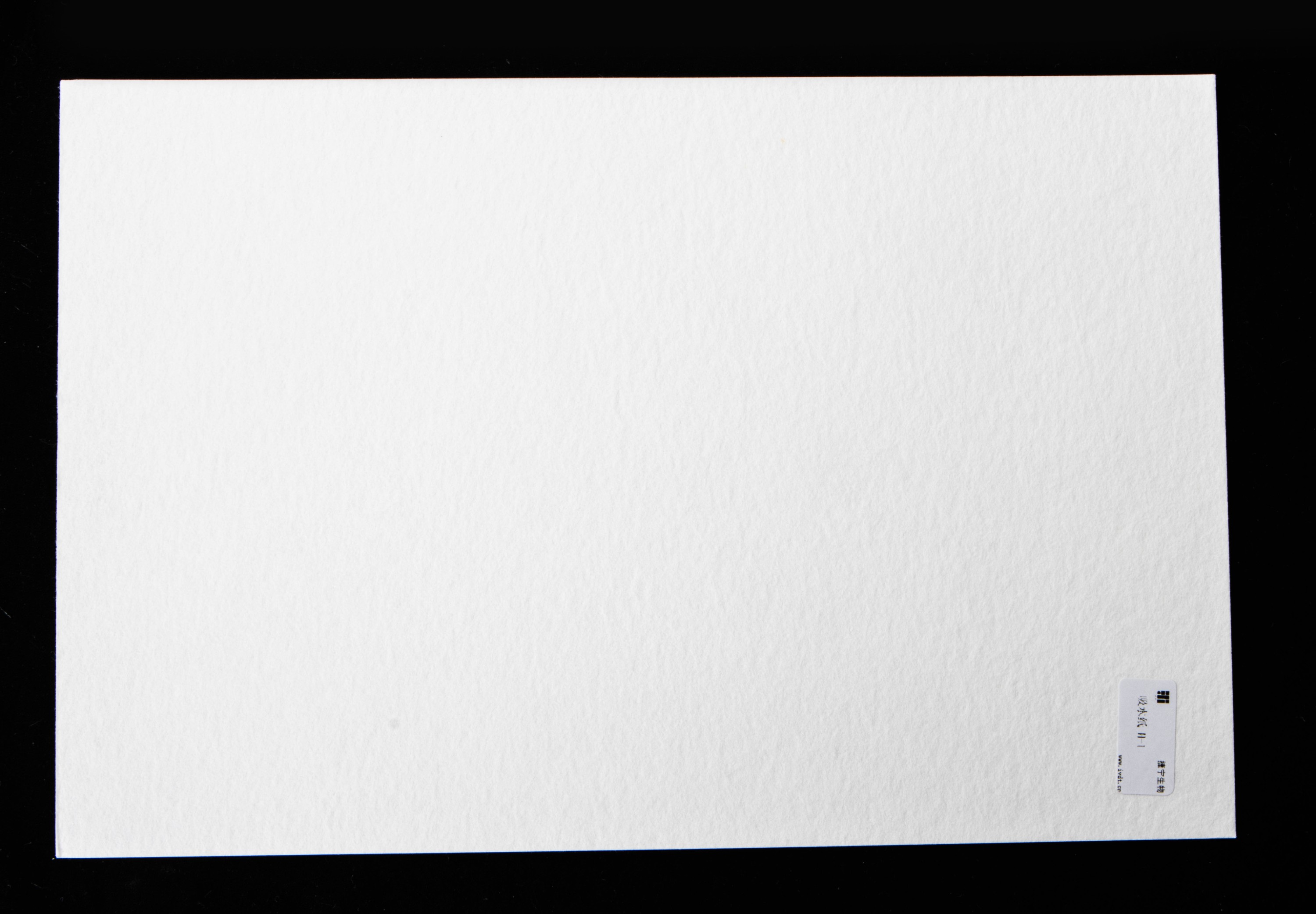Absorbent pad
The role of the Absorbent pad is to wick the fluid through the membrane and to collect the processed liquid. The absorbent pad allows the use of larger sample volumes, which results in increased test sensitivity. The most popular absorbent pads are made of cellulose filters.
- Product Details
- Technical Specification
The role of the Absorbent pad is to wick the fluid through the membrane and to collect the processed liquid. The absorbent pad allows the use of larger sample volumes, which results in increased test sensitivity. The most popular absorbent pads are made of cellulose filters.
Absorbent Pad (Wick) Selection
The wick pad needs to absorb all of the reagents that were not taken up by the test and control lines, while maintaining capillary flow through the membrane to clear the background. It also prevents backflow of the excess reagents for as long as possible, at a minimum, past the read time of the test. The material and size of wick pad should be selected such that the absorption capacity is much higher than the sample and running buffer volume. Absorbent pad materials can be purchased Irom companies such as Millipore, Whatman/GE, or Ahlstrom. It is important to note that different materials should be screened for best results. A thicker material does not necessary perform better or have a higher absorption capacity than a thinner material.
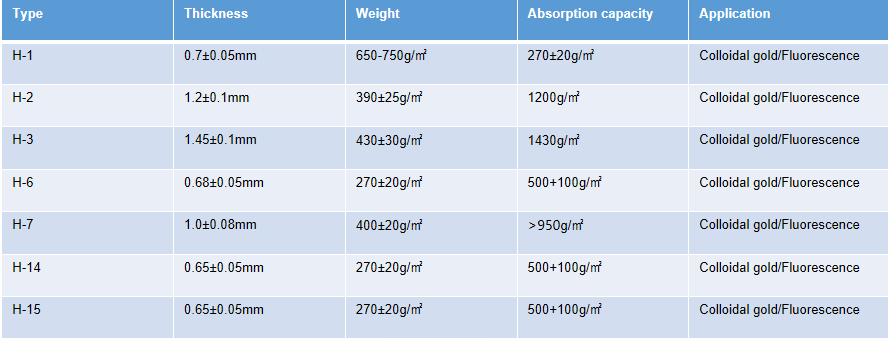

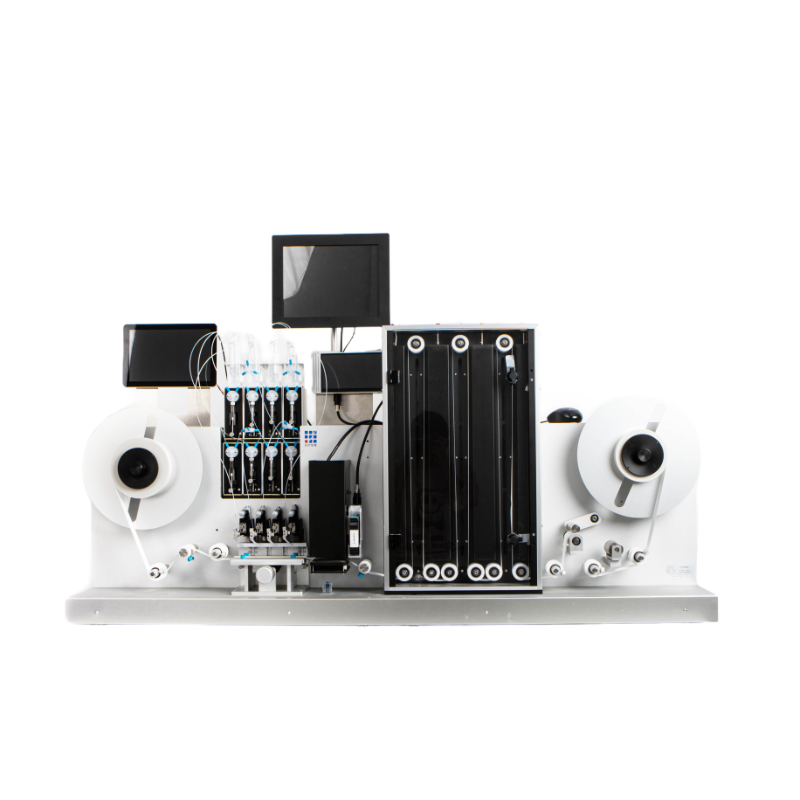 Reel to reel dispenser DS3000
Reel to reel dispenser DS3000  Dispenser sprayerXYZ3020
Dispenser sprayerXYZ3020 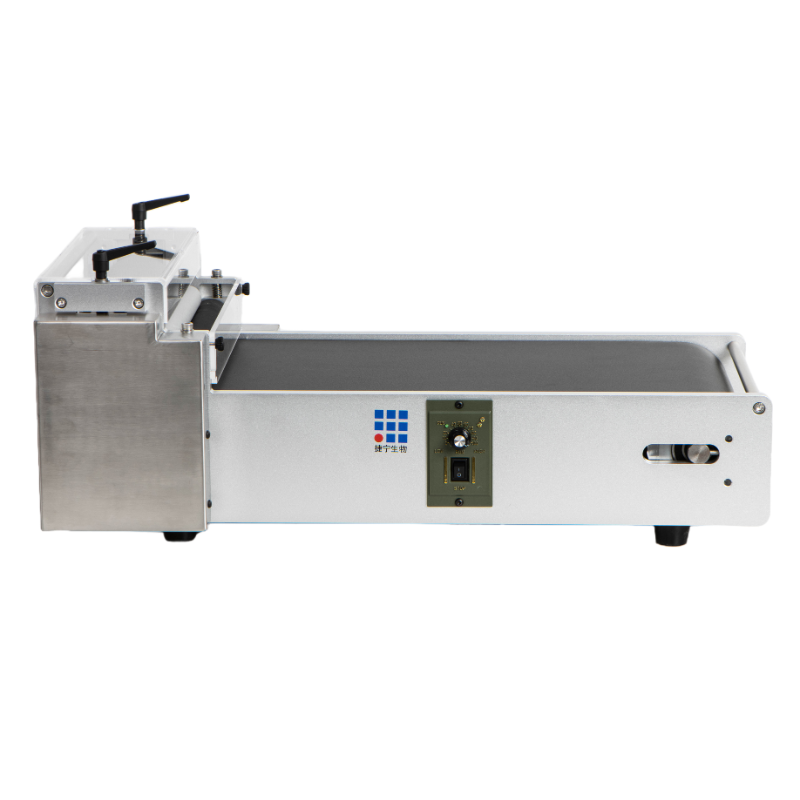 Assembly rollerAR3000
Assembly rollerAR3000 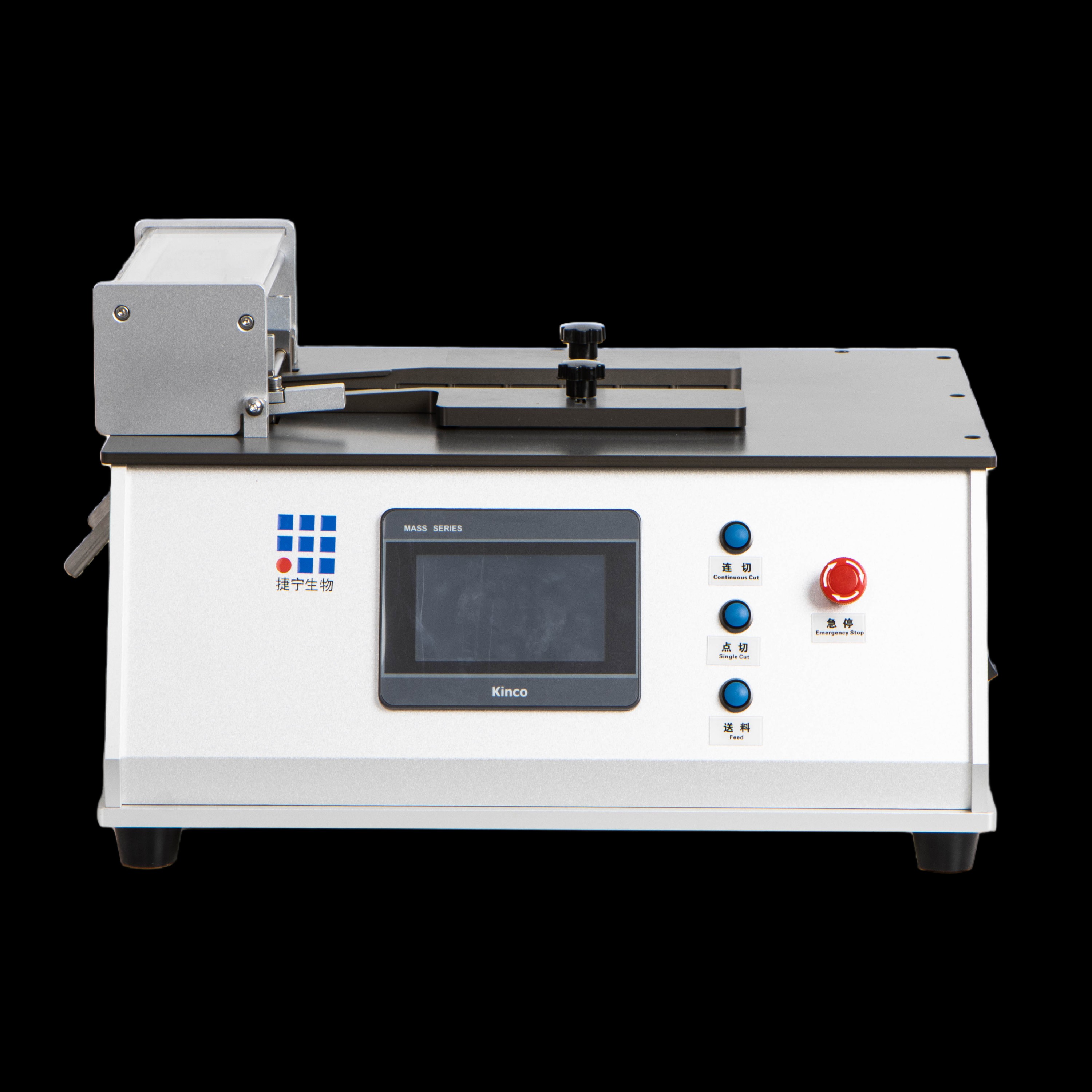 Guillotine cutter CM3020
Guillotine cutter CM3020  Simple Dispenser 100 (SD100)
Simple Dispenser 100 (SD100) 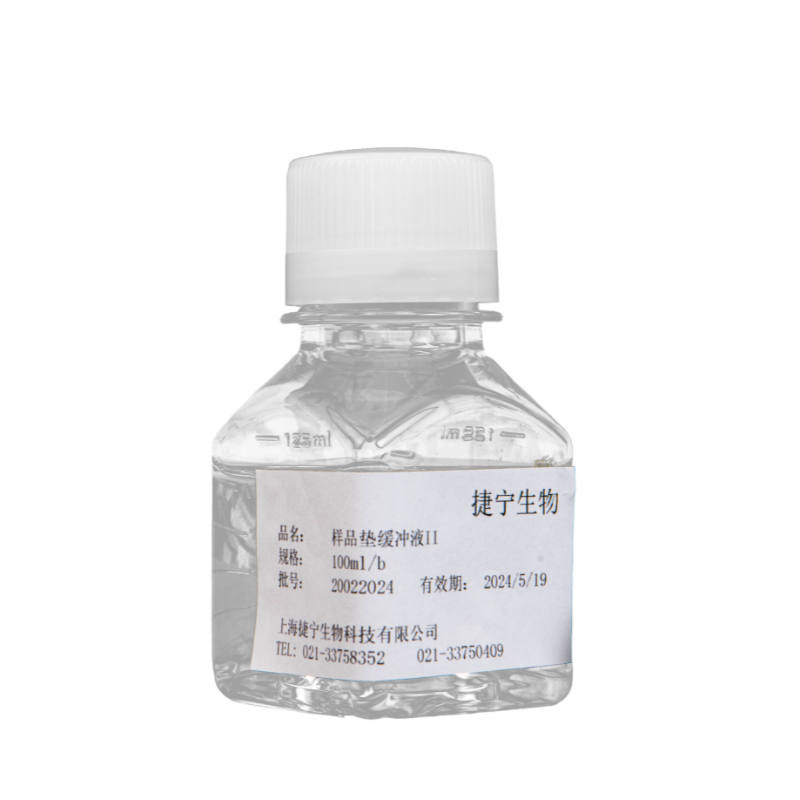 Sample Pad Buffer
Sample Pad Buffer  NC membrane
NC membrane  Glass fiber
Glass fiber 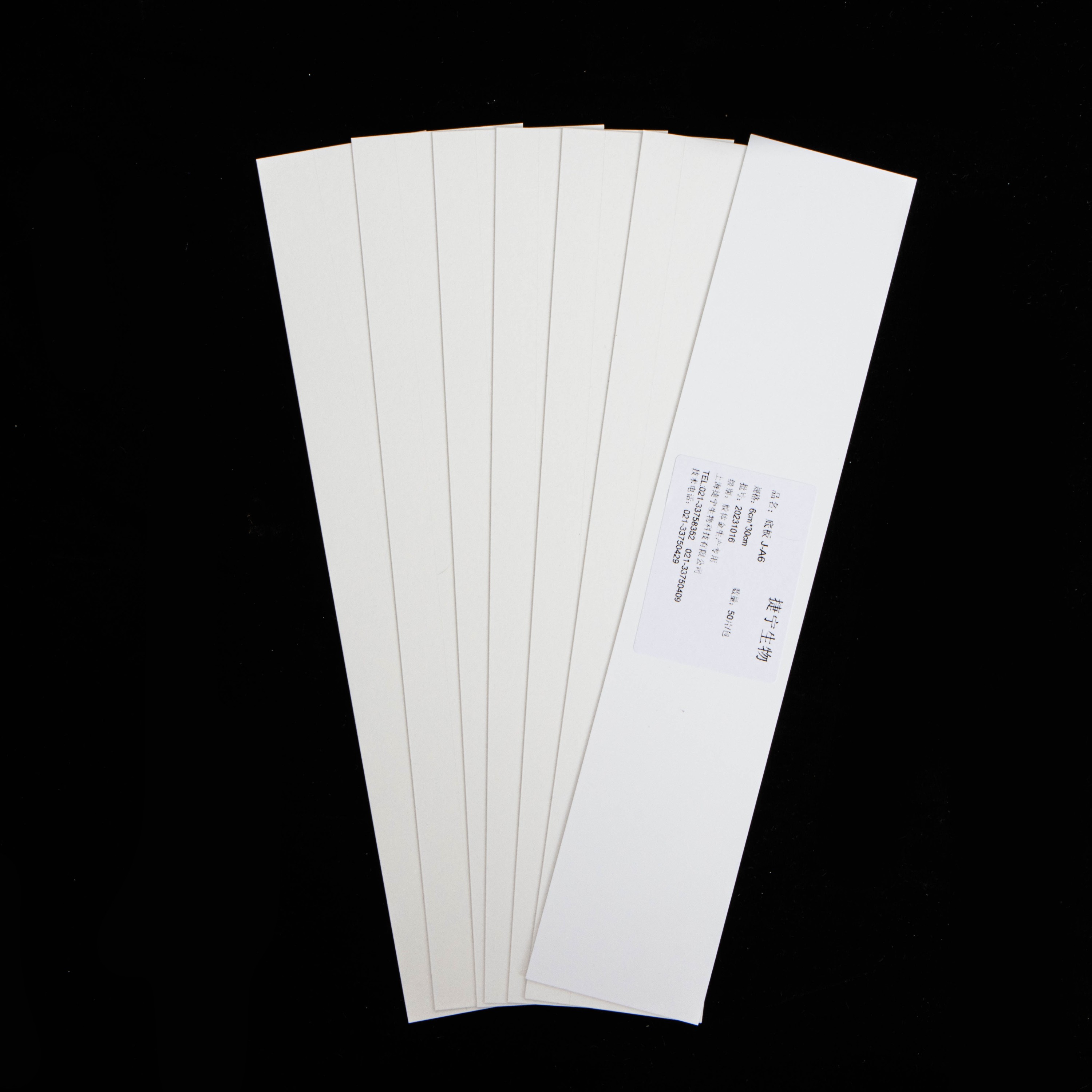 Plastic backing
Plastic backing 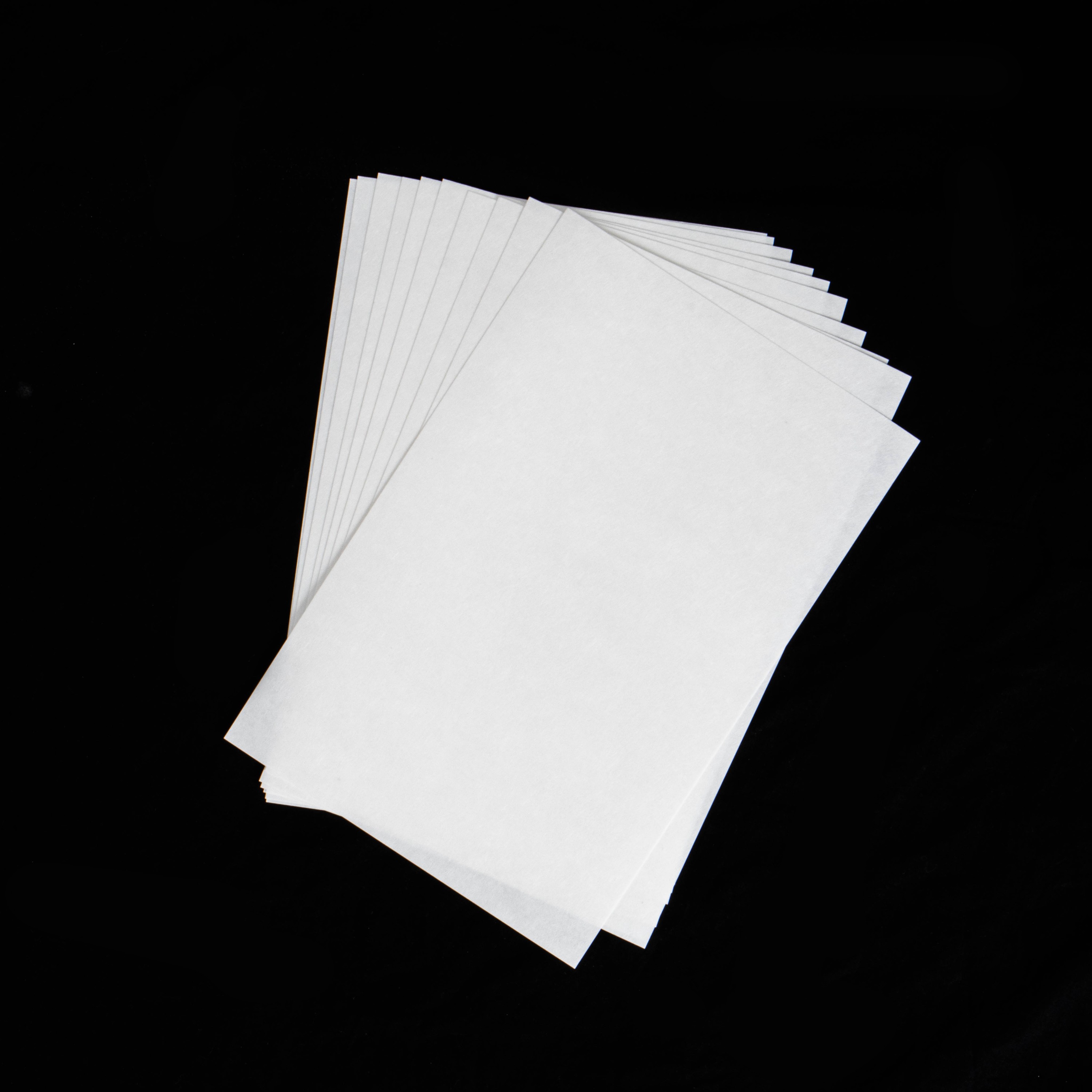 Polyester membrane
Polyester membrane 